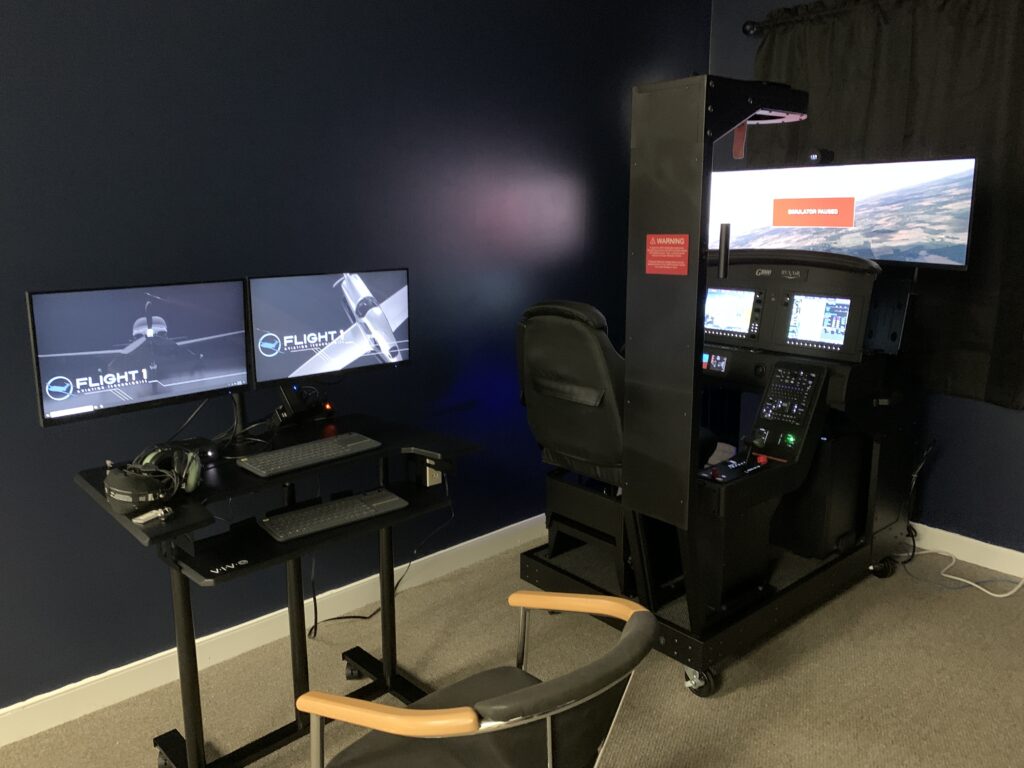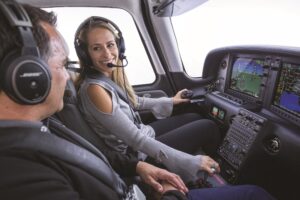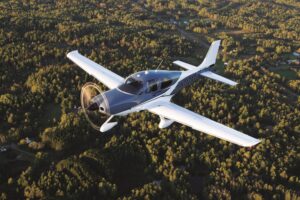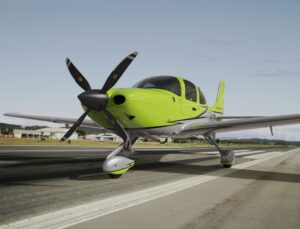HOW LONG DOES IT TAKE TO BECOME A PILOT?

The airplane is a lousy classroom. That is just as true for experienced flight crew members as it is for brand new student pilots. The airplane can be loud. While you are at the controls you may feel at least some pressure to perform well. Your attention is split between accomplishing tasks in the cockpit, making calls on the radio, and scanning the sky for collision hazards. Due to the workload your thought processes can become muddled as you try to remember what you should be doing next.
Plus, the airplane is an extraordinarily expensive place to
try to absorb new material and procedures while being alternately distracted or
focused on the issues mentioned in the first paragraph.
Do not let any of that get you down, though. There is an inexpensive, calm environment where you can learn an enormous amount while feeling very much like you are in total control of the airplane in flight. Consider the value of flight simulators. The airlines use them to great effect.
Perhaps you should, too.
At Rexair we installed our flight simulators in a quiet area
well out of the way of foot traffic. While seated at the simulator, with a
flight instructor by the student’s side, it is possible to introduce new
material in an environment that is quiet and peaceful. If you have a question,
your CFI can pause the simulator, stopping the flight dead in its tracks. This
gives a student of any level the ability to learn new tasks, review existing
tasks, practice maneuvers, run checklists, or even fly an instrument approach
down the IFR minimums without ever leaving the building.
If the airplane is a lousy classroom, and it is, then the
simulator is an exceptional teaching and learning tool. It’s less expensive,
less demanding, more customizable, and doesn’t involve as many distractions as
flight in an actual airplane might. Scheduled simulator lessons don’t get
weathered out either, and the sims rarely go down for maintenance, as aircraft
are required to do on a periodic basis, by regulation.
Best of all, in many cases the time spent in the simulator
with an instructor can be logged as dual instruction time, or simulated
instrument time. Whether you are working toward a private pilot certificate, an
instrument rating, seek to remain current as an instrument pilot, or want to earn
your Airline Transport Pilot certificate, the simulator could be, and arguably
should be, part of your training program.
Ask to see what we have hidden in the back room the next
time you visit Rexair. If you’re feeling bold, you might even ask for a demonstration
of how realistic and productive time spent in the simulator can be. You might
be surprised to realize that at least part of your flight training experience
would be well spent right there on the ground at the controls of a high-quality
flight simulator.



